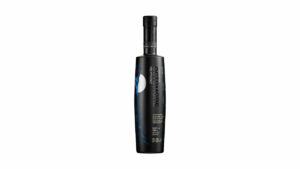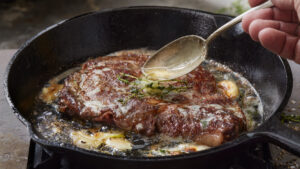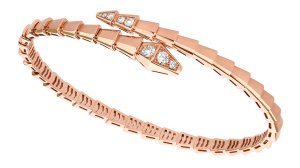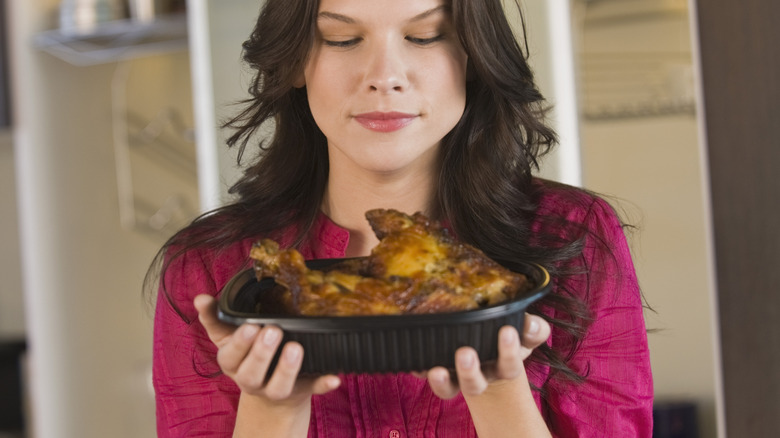
Pascal Broze/Getty Images
Of all the precooked foods you can buy at your favorite grocery store, rotisserie chicken may be one of the healthiest — with the exception of the skin. (Find out just how unhealthy chicken skin is.) Yet it can be hard to determine which chicken looks freshest when you’re in a hurry.
How can you identify the chicken that’s likely to taste best and remain edible for a few days after being refrigerated? Looking for certain red flags will help you spot the right bird — and avoid the ones that might be contaminated, old, or just plain overdone.
First, if you notice any discolored areas on the chicken, you may be looking at a buildup of bacteria. “Cooked chicken will start to appear gray or greenish, and have a softer or slimier texture when it starts to go bad,” says registered dietitian nutritionist Katie Tomaschko (via EatingWell). Bacterial strains that can infest raw and undercooked chicken include Salmonella and Campylobacter, according to the U.S. Centers for Disease Control and Prevention (CDC). These can cause side effects like vomiting and diarrhea that can lead to serious complications for some people. If you see off-color splotches on the skin or meat of a rotisserie chicken, alert the grocer that the poultry may have gone bad.
Ripped skin may mean less juicy meat
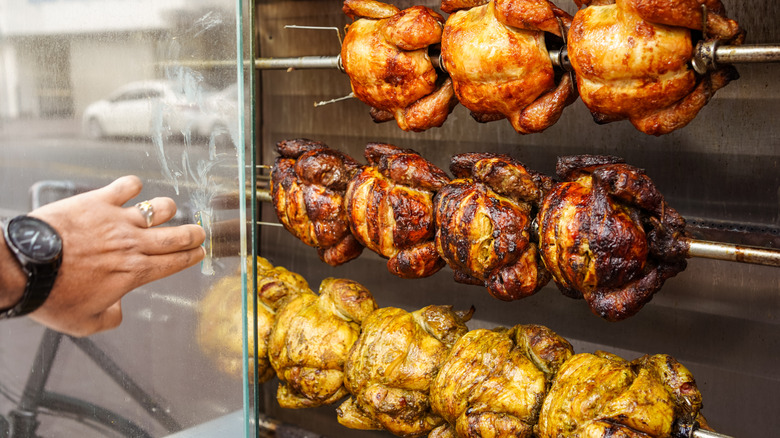
Juan Alberto Casado/Getty Images
Another telltale sign of a bad bird is skin that’s tearing apart. Though this could be the outcome of rougher handling, it may also indicate that the meat has been exposed to air and its meat won’t be too juicy.
Unless you like your rotisserie chicken dry, pass on any chicken with skin cracks in multiple places because you may wind up discarding your leftovers instead of maximizing them. Or, try to buy rotisserie chicken from a store that only sells cooked chicken for a limited time after it comes out of the oven.
For instance, Costco is notorious for only offering its whole rotisserie chickens for two hours to consumers. (You can look for the time stamp to ensure you’re getting the freshest chicken available.) As a result, its golden-brown rotisserie chickens have a reputation for always tasting and looking fresh. Plus, they’re one of the healthiest items you can order at a Costco food court.
Along with ripped skin, you may notice a lot of juice in the bottom of the container or bag or extra condensation on the inside of the packaging. If the juice came from the chicken, the meat is likely to be tough, not tender.
Room-temperature poultry is a no-go

Erik Freeland/Getty Images
A third indicator of potential poultry trouble is a chicken that looks and feels room temperature instead of being hot and moist. Remember that freshly cooked rotisserie chicken should be kept under heat lamps to delay spoilage of the meat and development of bacteria.
According to food safety expert Amanda Anderson, cooked chicken needs to be kept at specific temperatures to reduce the development of foodborne illnesses (via KOLD News 13). “[Stores] can either use temperature 135 degrees [Fahrenheit] and above for whatever time frame they choose,” says Anderson. If the chicken you’re thinking about buying has been allowed to sit on a regular shelf or countertop and is lukewarm or cool, it’s probably too risky to eat.
For the most part, rotisserie chickens can be a solid source of protein when you need a quick, budget-friendly meal. (Just be on the lookout for sneaky ingredients lurking inside store-bought rotisserie chicken that you might want to avoid.) You just have to use your best judgment before you make your poultry purchase.
Credit: healthdigest.com



